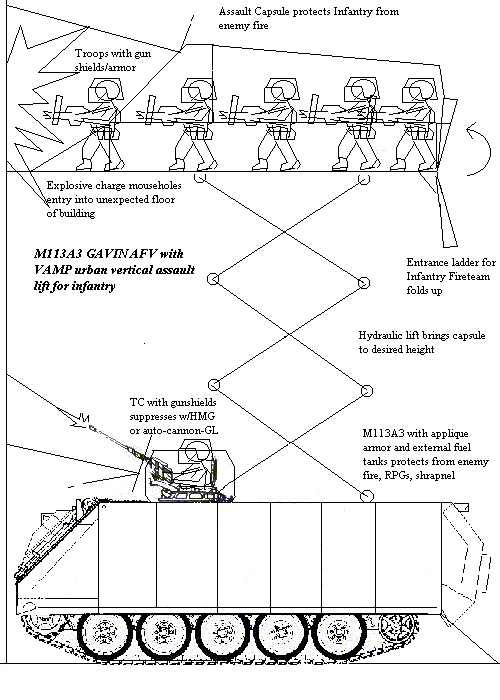 Myths about the marine Reservists call-up and Inchon corrected
Myths about the marine Reservists call-up and Inchon corrected
"Mobilization is like the Second Coming: Many people claim to believe in it, but very few live their lives as if it were going to happen.
The invasion of South Korea began on 25 June 1950. On 26 June, President Truman ordered U.S. Air and naval forces to take military action against the North Koreans. On 27 June, the U.N. Security Council denounced the invasion and called on its members to help South Korea repel the attack. On 7 July, 1950 the 1st provisional marine brigade was activated at Camp Pendleton, on 14 July set sail for Japan was diverted on 25 July to Korea. On 19 July, word went out to Reserve district directors that the Organized Reserve (the equivalent of what is now the selected marine corps reserve (SMCR) would soon be called to active duty. The next day, the first units were ordered to active duty, with a delay of 10 days. Over the next 15 days, the entire ground side of the Organized Reserve was ordered to active duty. Later the volunteer reserve (the equivalent of the IRR) was also called to duty.
Reporting at Camp Pendleton, where most reservists were ordered, was chaos.
The 1st marine division was reorganizing, activating cadre units, absorbing reservists, and mounting out all at the same time. In fact, the reservists were only one of three sources of new manpower, the others being transfers from 2d Division and from posts and stations around the United States. Upon arriving at Camp Pendleton, all the reserve ground units were disbanded, the personnel evaluated and reassigned. The reasons were twofold. First, the regular units were far under strength and needed reservists to fill their ranks. The 1st Division had only 31 percent of its wartime authorization. Second, the ground reserve units were manned only at 77 percent on average before mobilization and at 60 percent when they reported aboard. They were unusable as units.
The evaluation at Camp Pendleton consisted of screening not only for medical and administrative purposes but also to determine combat usefulness. Marine reservists were divided into two categories: combat-capable and noncombat- capable. Combat-capable included anyone with 2 years of drill experience or 90 days of active duty service. Even with such low standards, only about 50 percent of the marines screened by the 1st division qualified.
Delays and physicals turned out to be great problems. About 11,000 reservists were rejected for physical reasons, approximately 13 percent of the whole. The delay policy also caused great problems because the policies were not spelled out ahead of time and had to be established in the middle of mobilization. Approximately 15 percent of the 88,000 reservists called to active duty (13,200) requested some delay. After evaluation, an additional 10,900 received a delay in reporting , averaging about 4 months.
The severe problems of mobilization were no surprise. Previously, the United States had always indulged in rather lengthy and leisurely mobilizations. This was the first one to be conducted in an emergency. On 15 September, 57 days after mobilization began, marine reservists were in combat at Inchon.
Winner of the 1989 Marine Corps Reserve Officers Association Essay Contest
A Perspective on Mobilization
by Maj. Mark F. Cancian, USMCR
Marine Corps Gazette February 1990
The next war will be in a city as the main focus, with some rural combat on the side. The goal will be to topple that enemy's government. If we wait for reinforcements for 57 days the enemy could turn the city into a veritable fortress like an impregnable Stalingrad. The enemy will know we are coming for them in an "information age", not catch them by surprise like an Inchon. So time will be everything, like the Indo-Pakistani war in 1971----the war must be won quickly before the U.N. intervenes or the "world community" interferes with the U.S. doing what is right.
Even when battle takes place in rural areas it will take on an urban aspect by the build up of buildings in small towns and villages. We will not be able to bypass everything.
This is why we need a light tank or even a gun system on a M113A3----right now our direct fire has all but evaporated into just the 70 ton Abrams monster tank that cannot be flown in large numbers quickly to get there before the city becomes a Stalingrad, even if it is there, infantry cannot follow behind it without being fried by its hot turbine engine exhaust. This is assuming it and its 33 ton Bradley cousin can fit throught third world country streets--the latter's 25 mm pop gun is ineffective against concrete buildings and its TOW missiles will not work in close.
We need a Battalion in each Light Infantry, Airborne and Air Assault Division organized for urban combat---to include M113A3 Gavin IFVS with AIR to gain surprise and quickly take down cities before they are fortified as was done in Panama.
